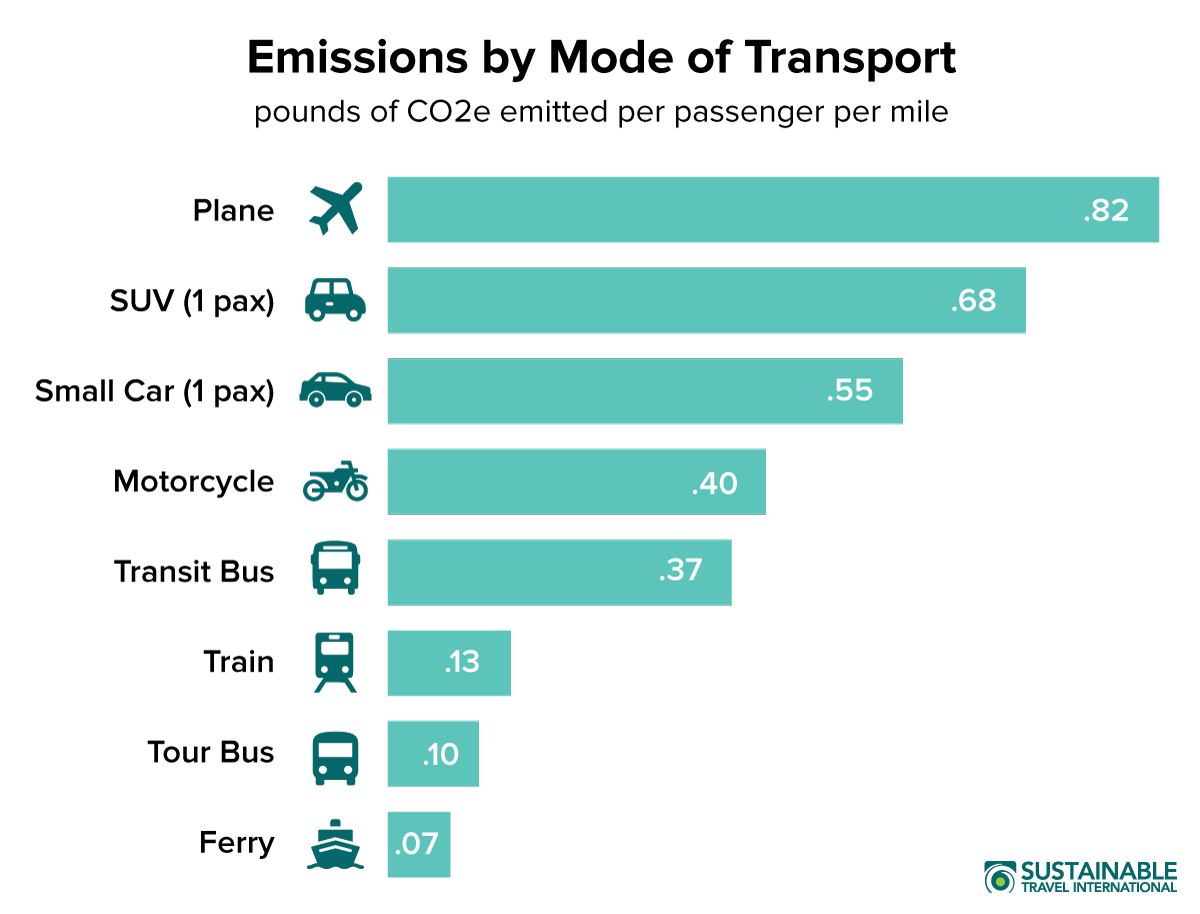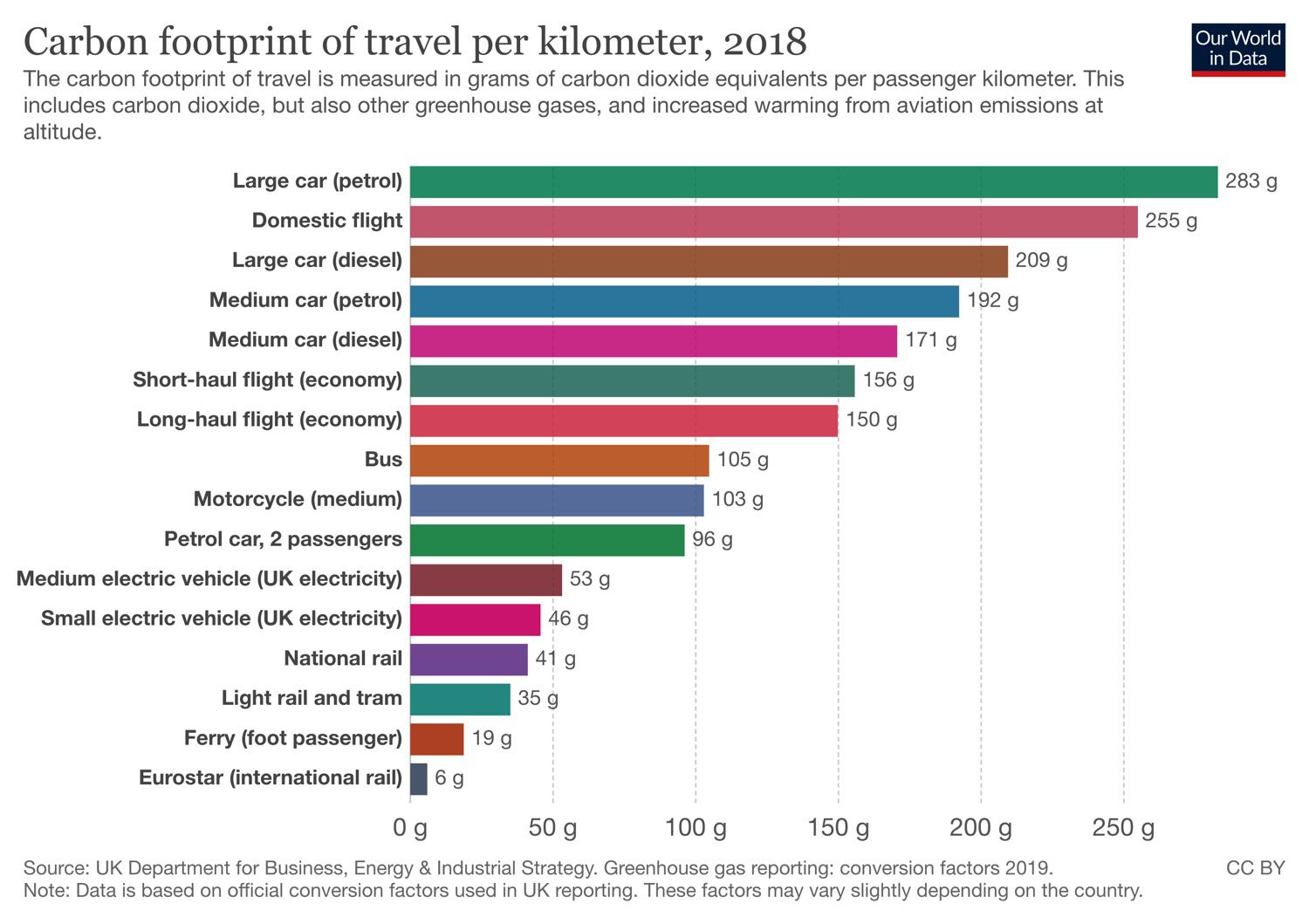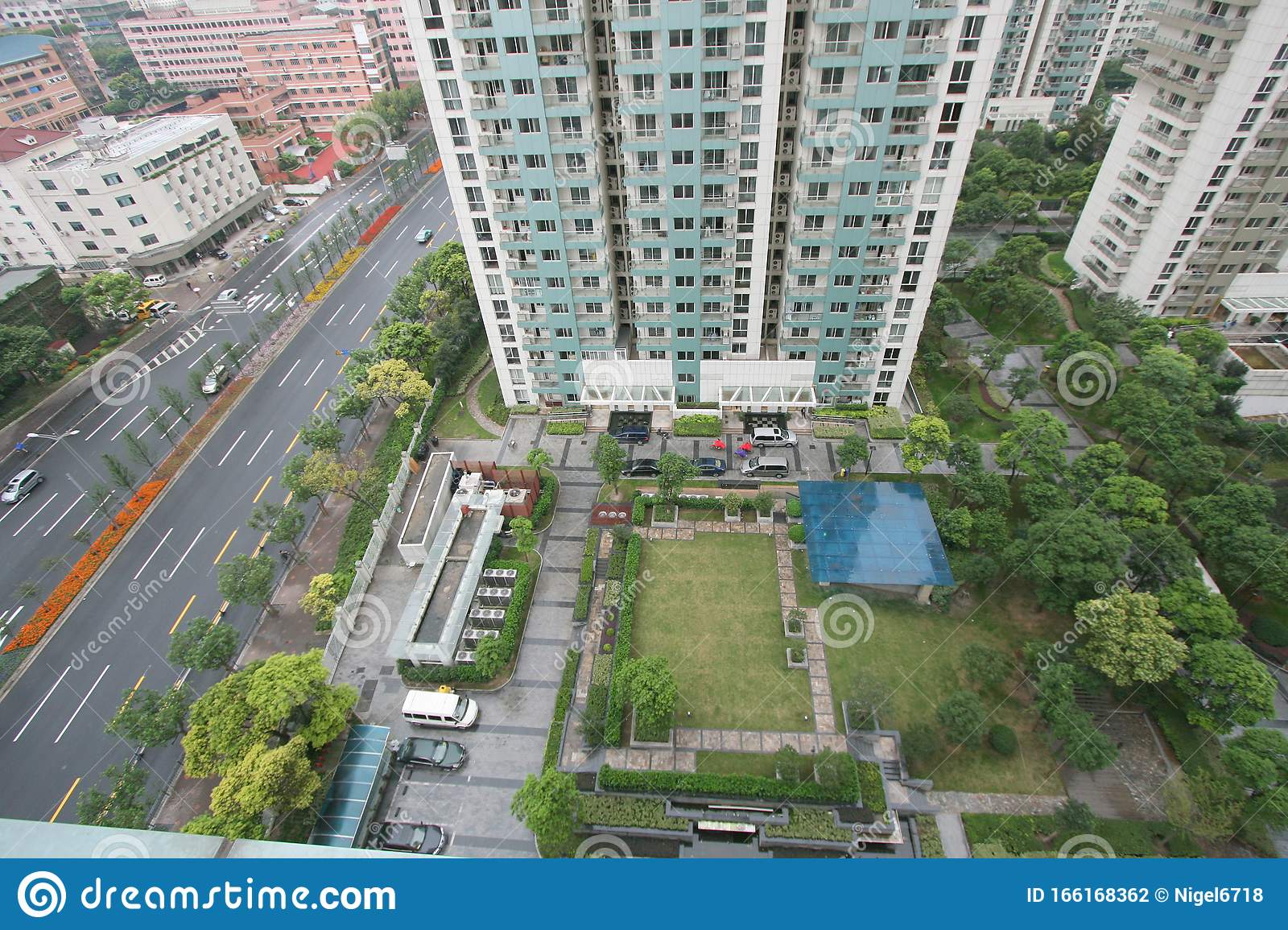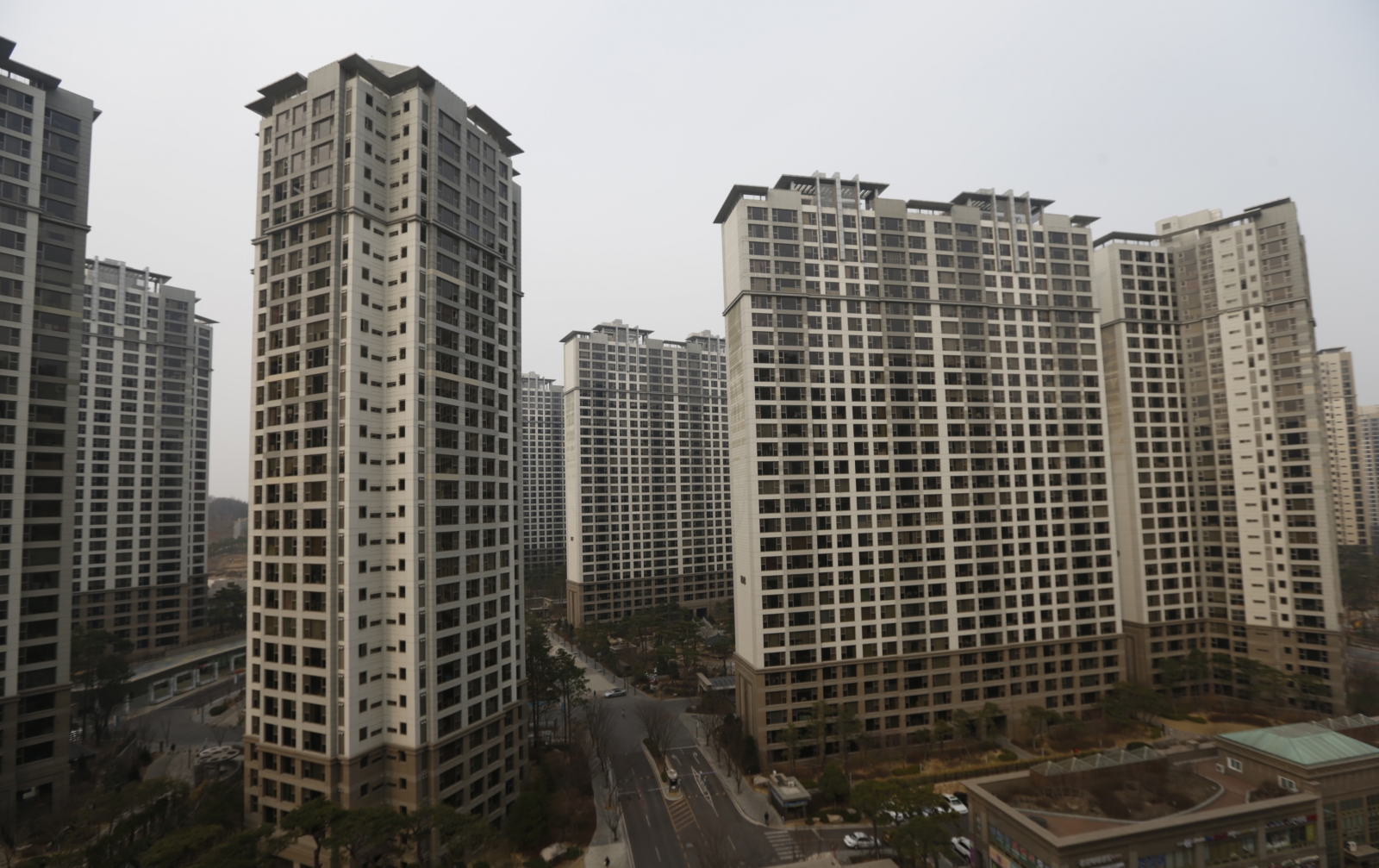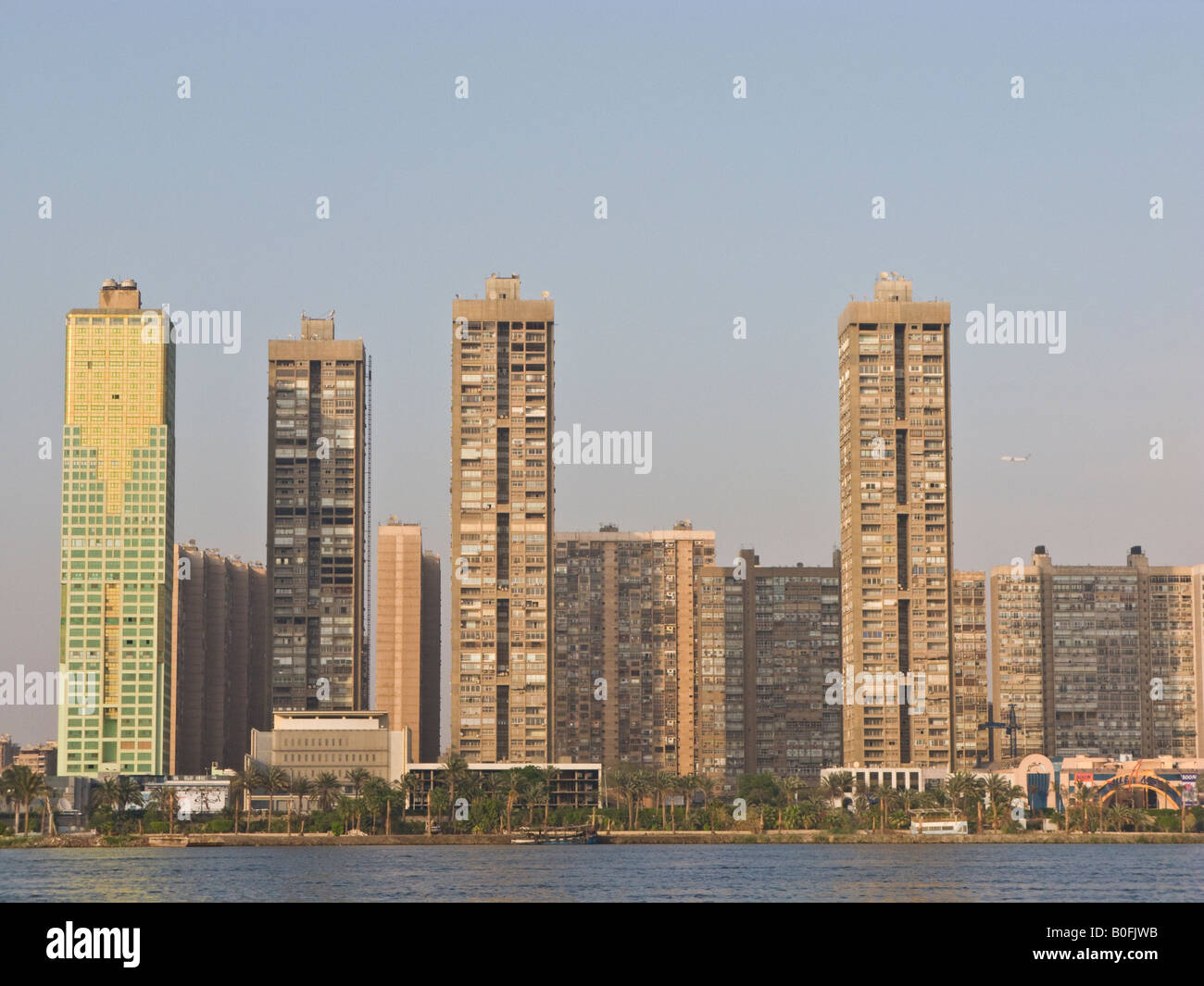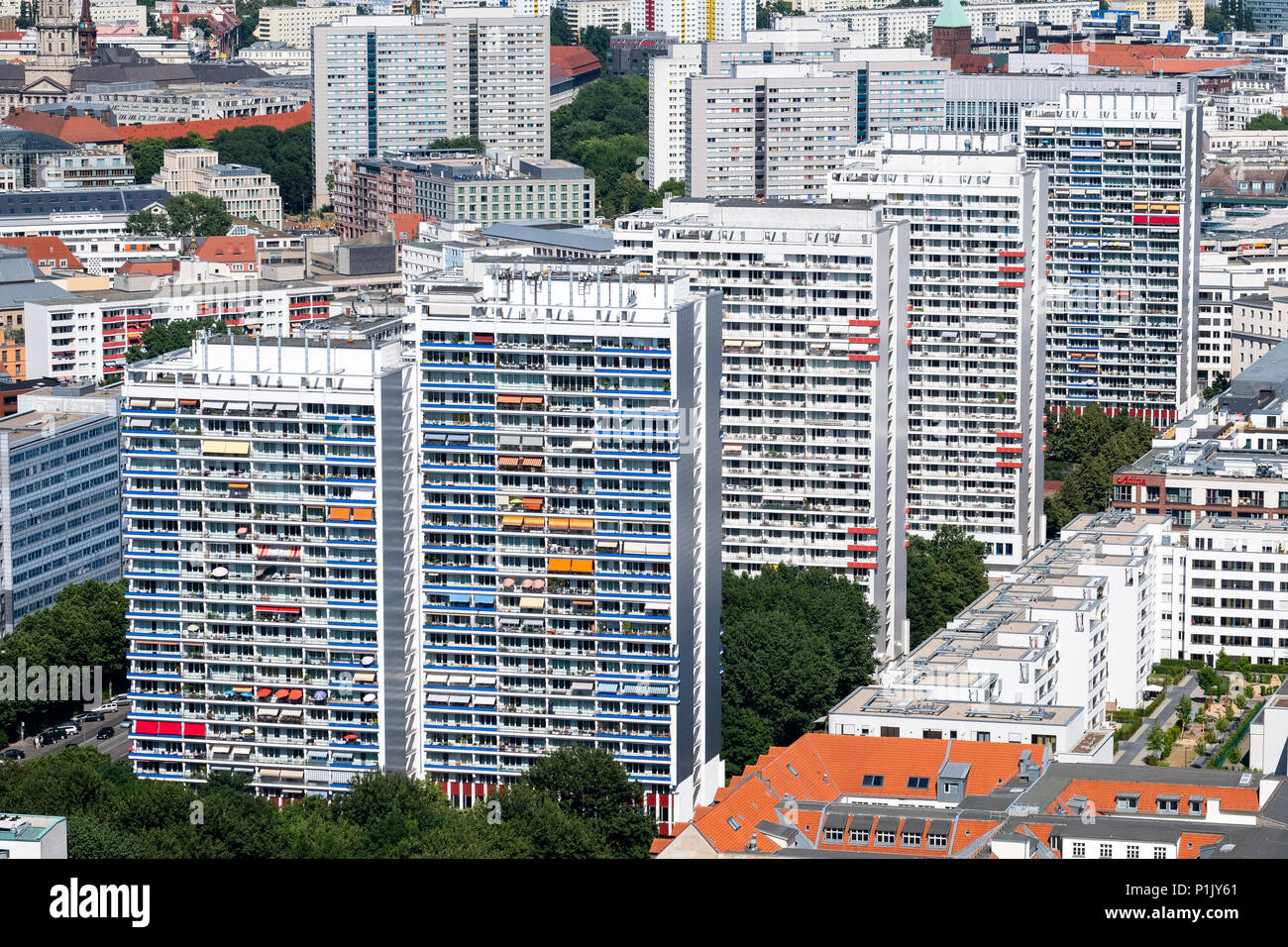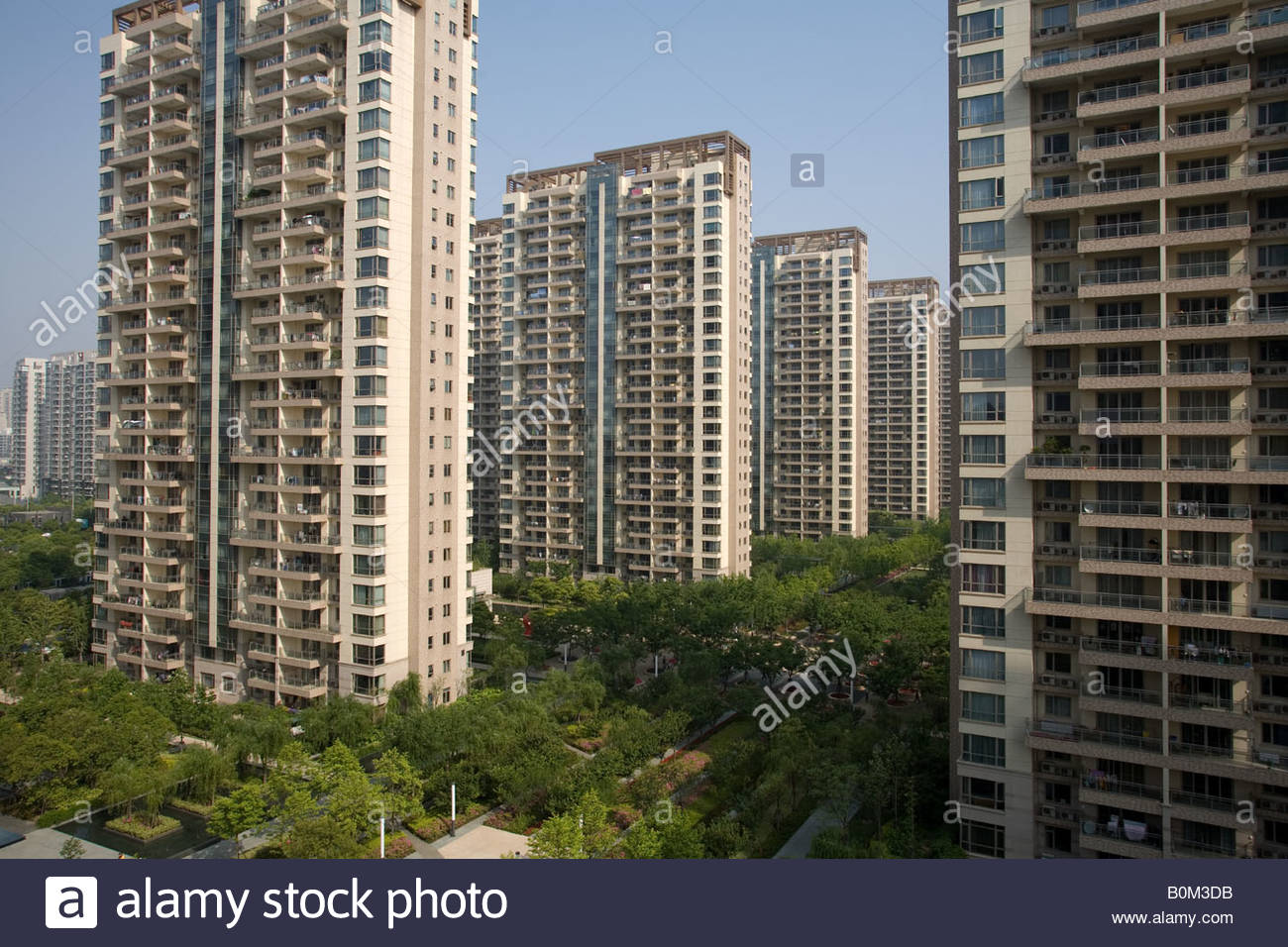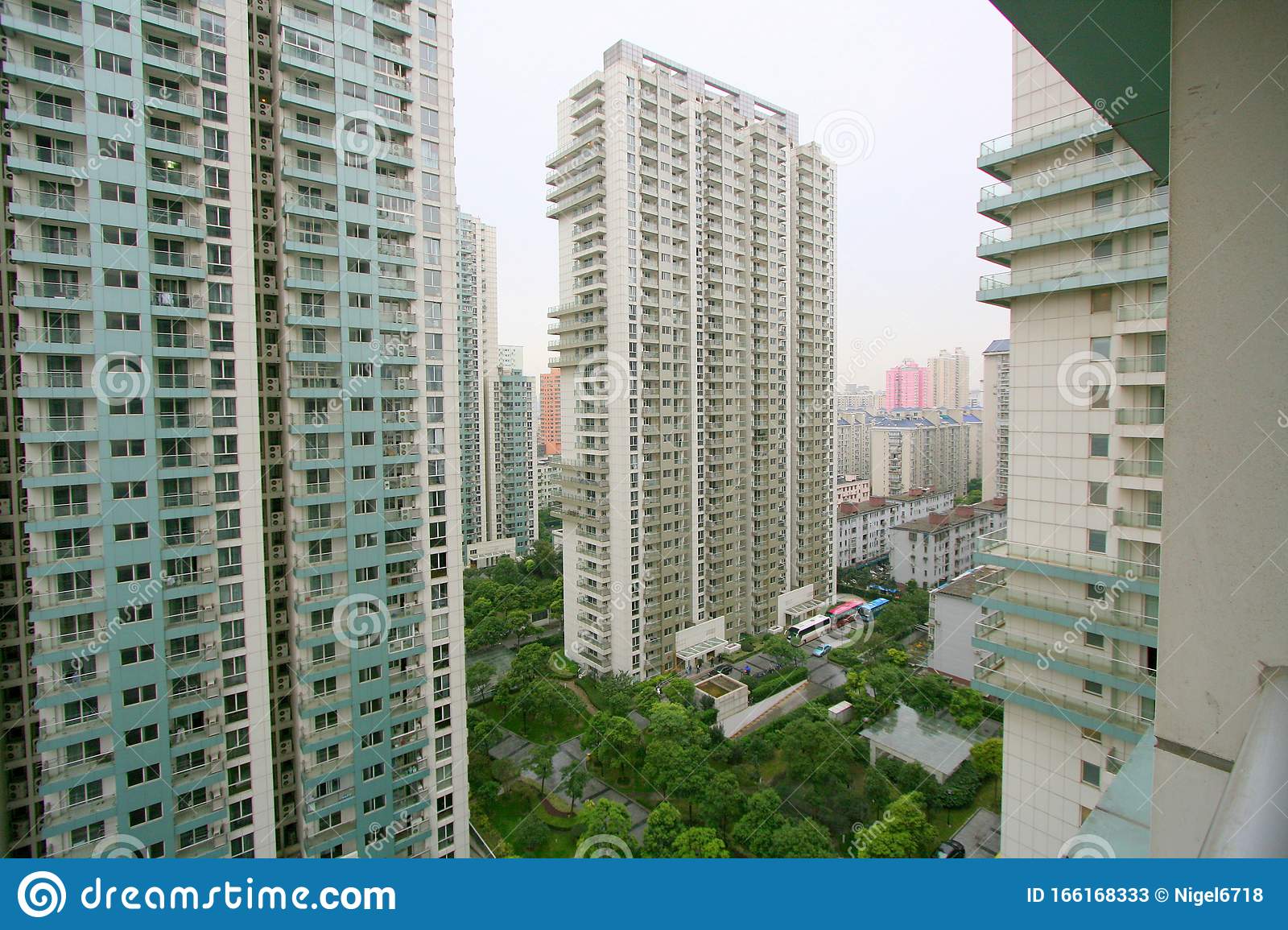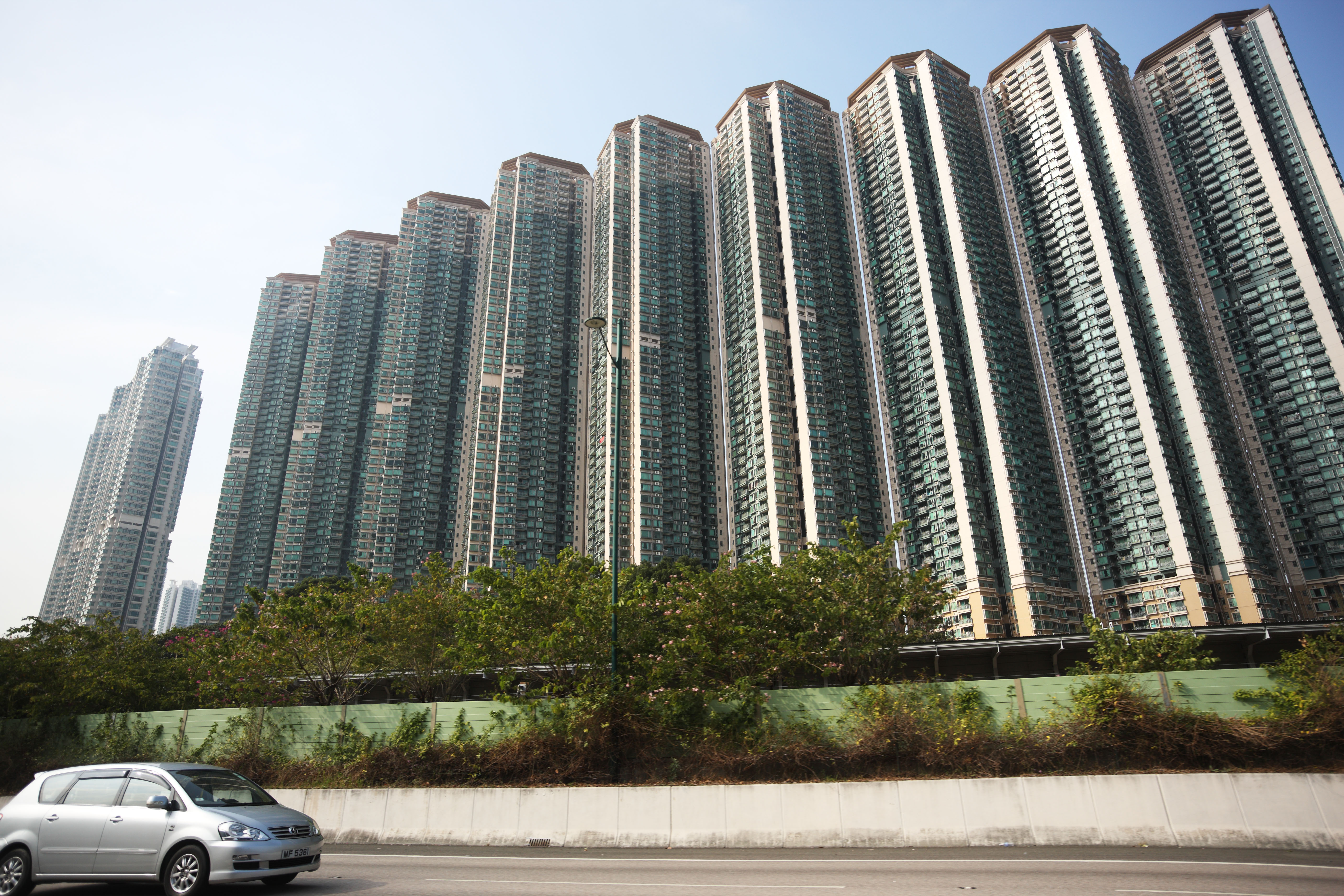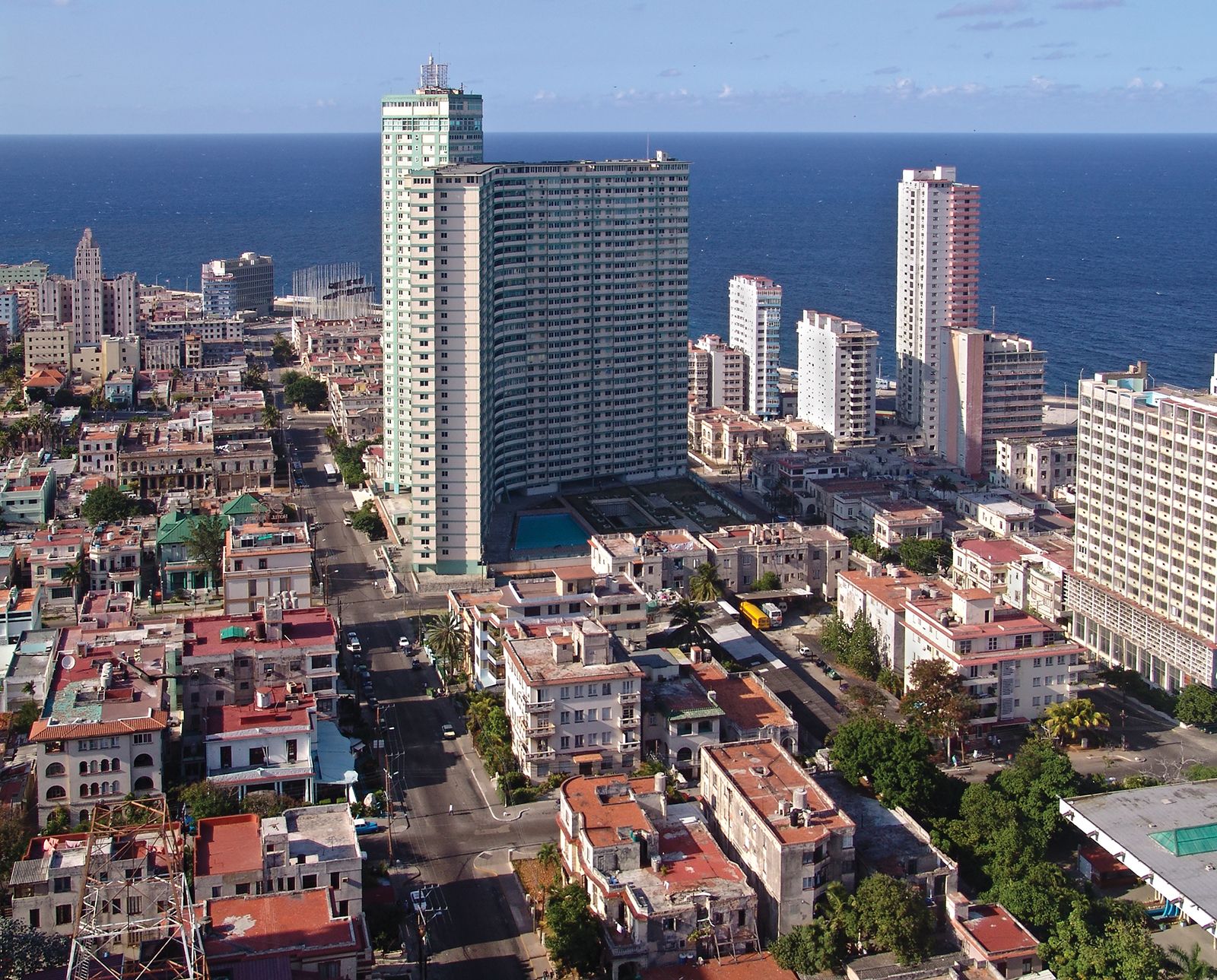Left Urbanism
651 readers
1 users here now
A community for urbanists on the Left to talk about public housing, transit, class and power structures, racism, gentrification and I guess zoning?
founded 5 years ago
MODERATORS
51
52
53
54
55
56
57
58
59
60
61
1
Jersey City Achieved Zero Traffic Deaths on Its Streets. Here’s How They Did It.
(www.strongtowns.org)
62
0
Cuba’s Urban Farming Revolution: How to Create Self-Sufficient Cities
(www.architectural-review.com)
63
64
66
67
68
69
70
71
72
73
75

